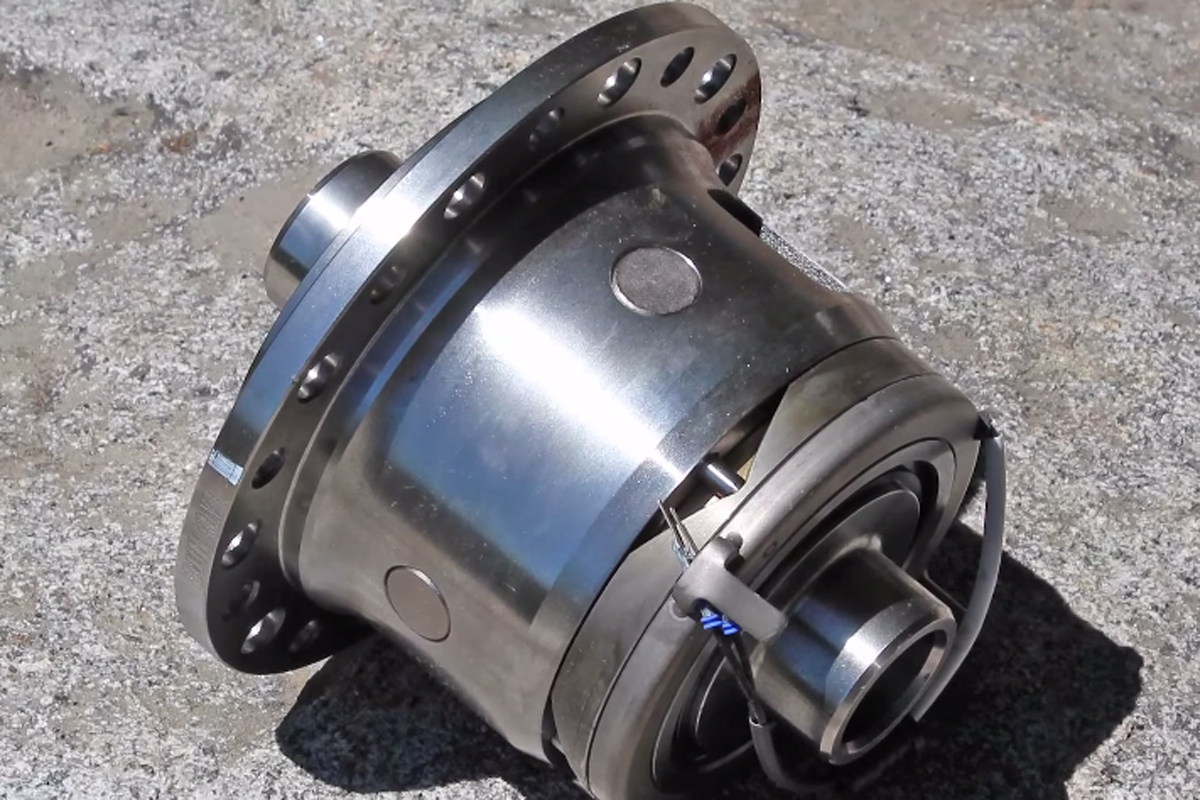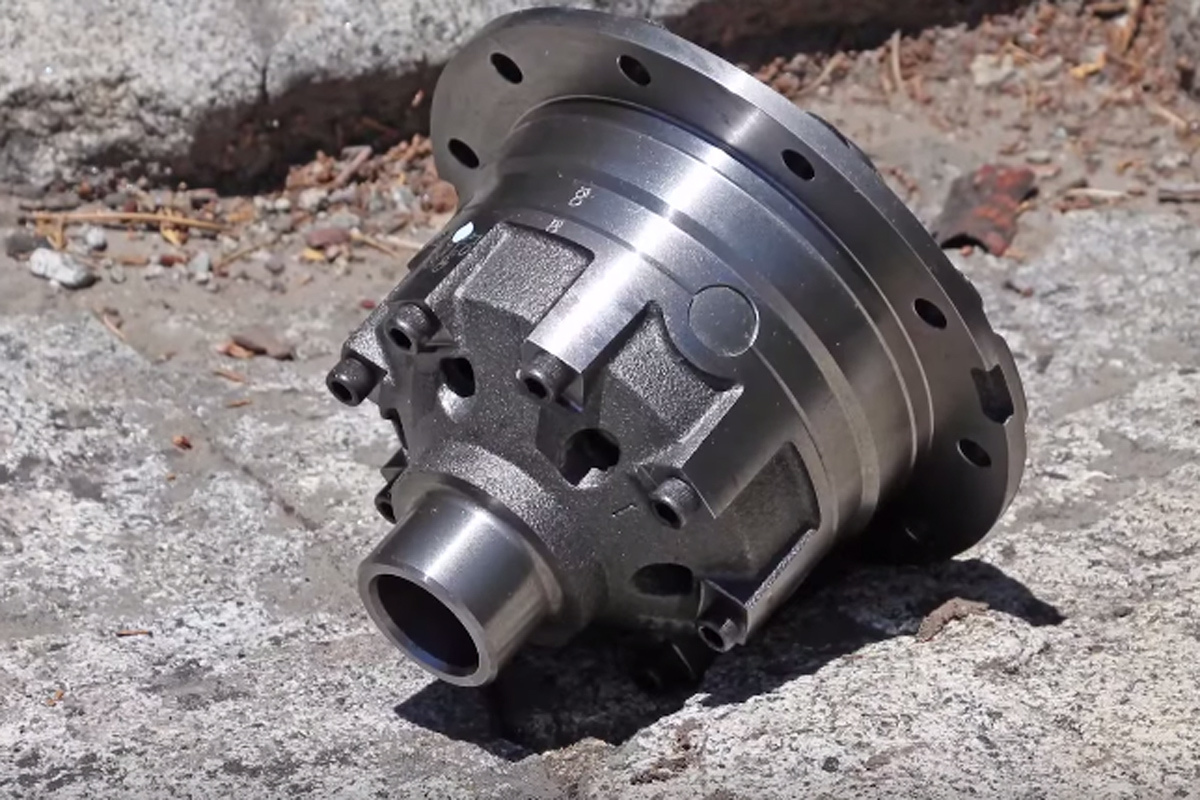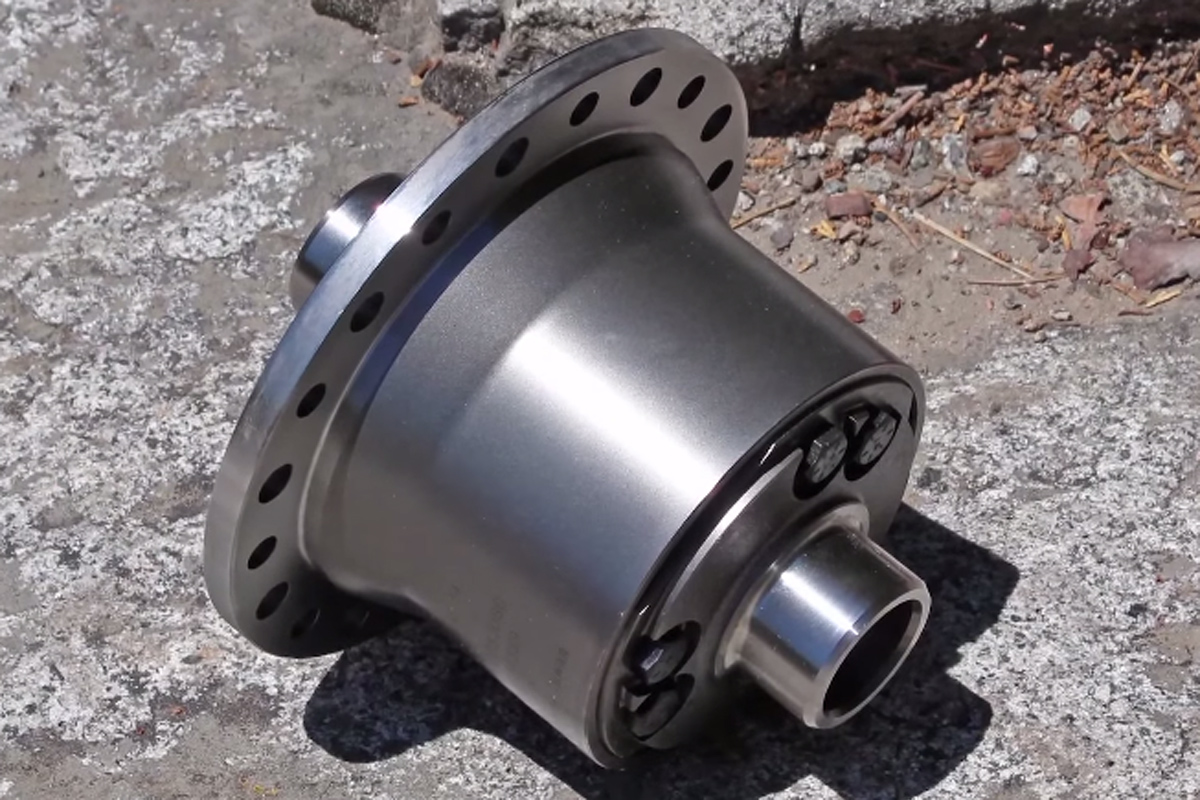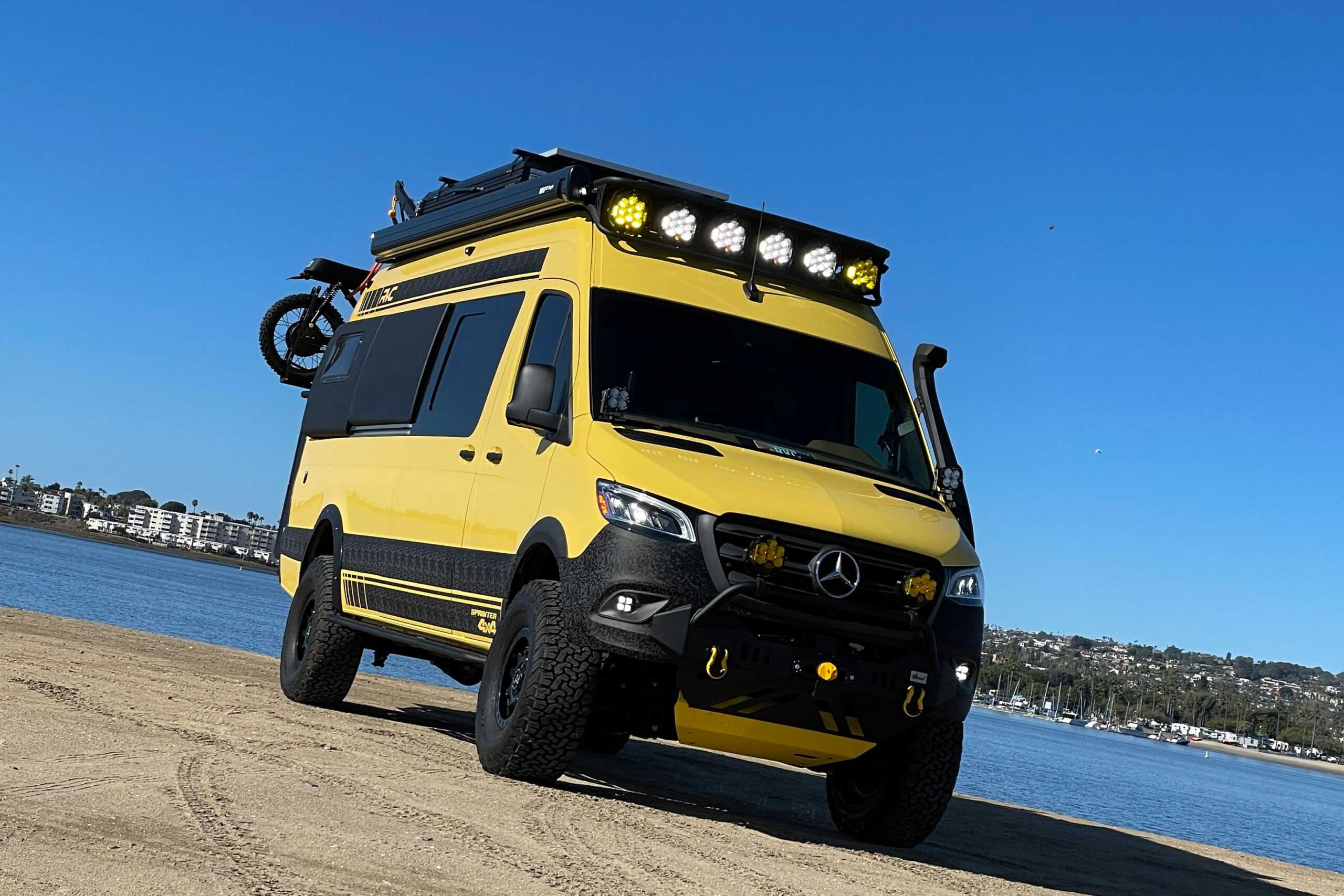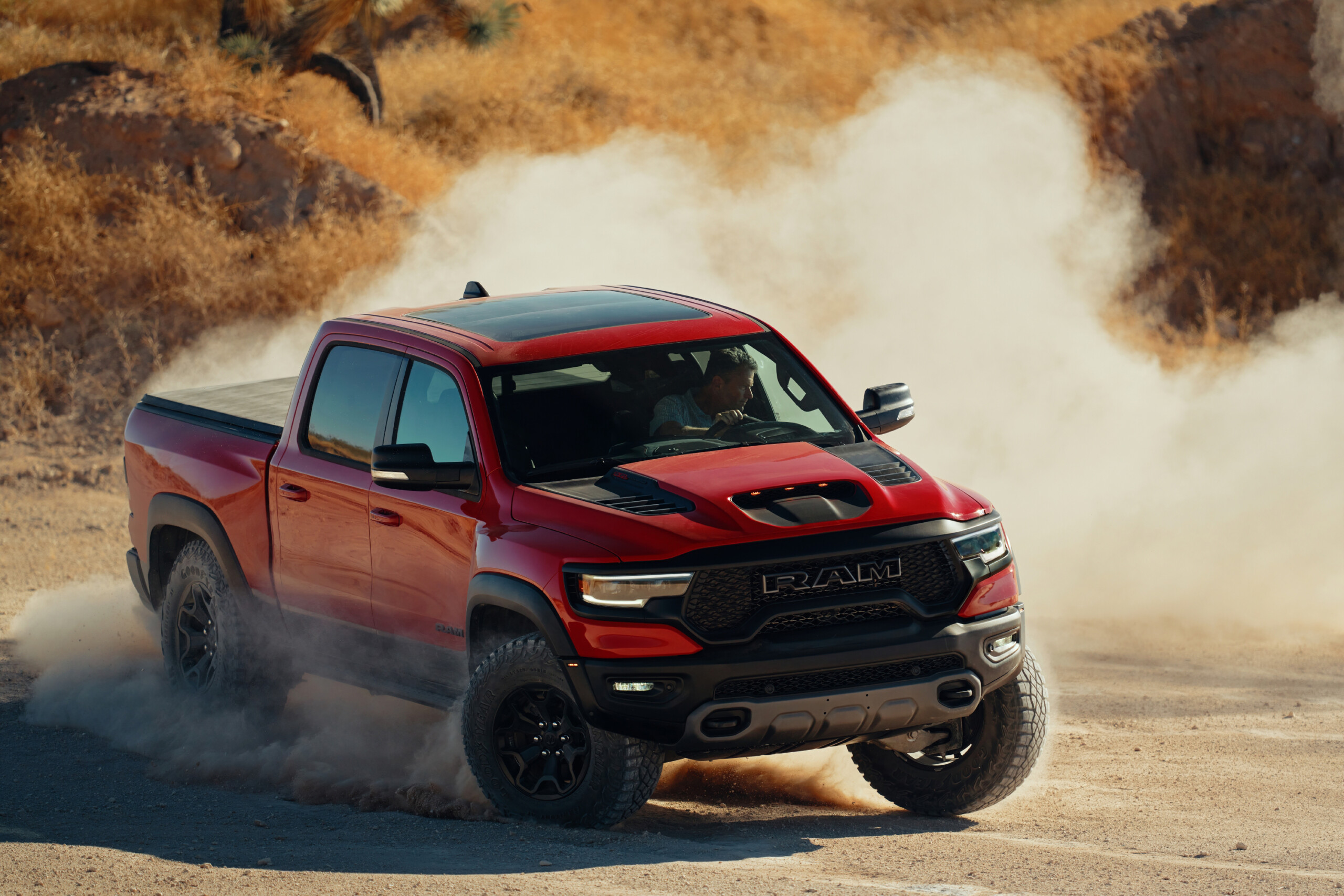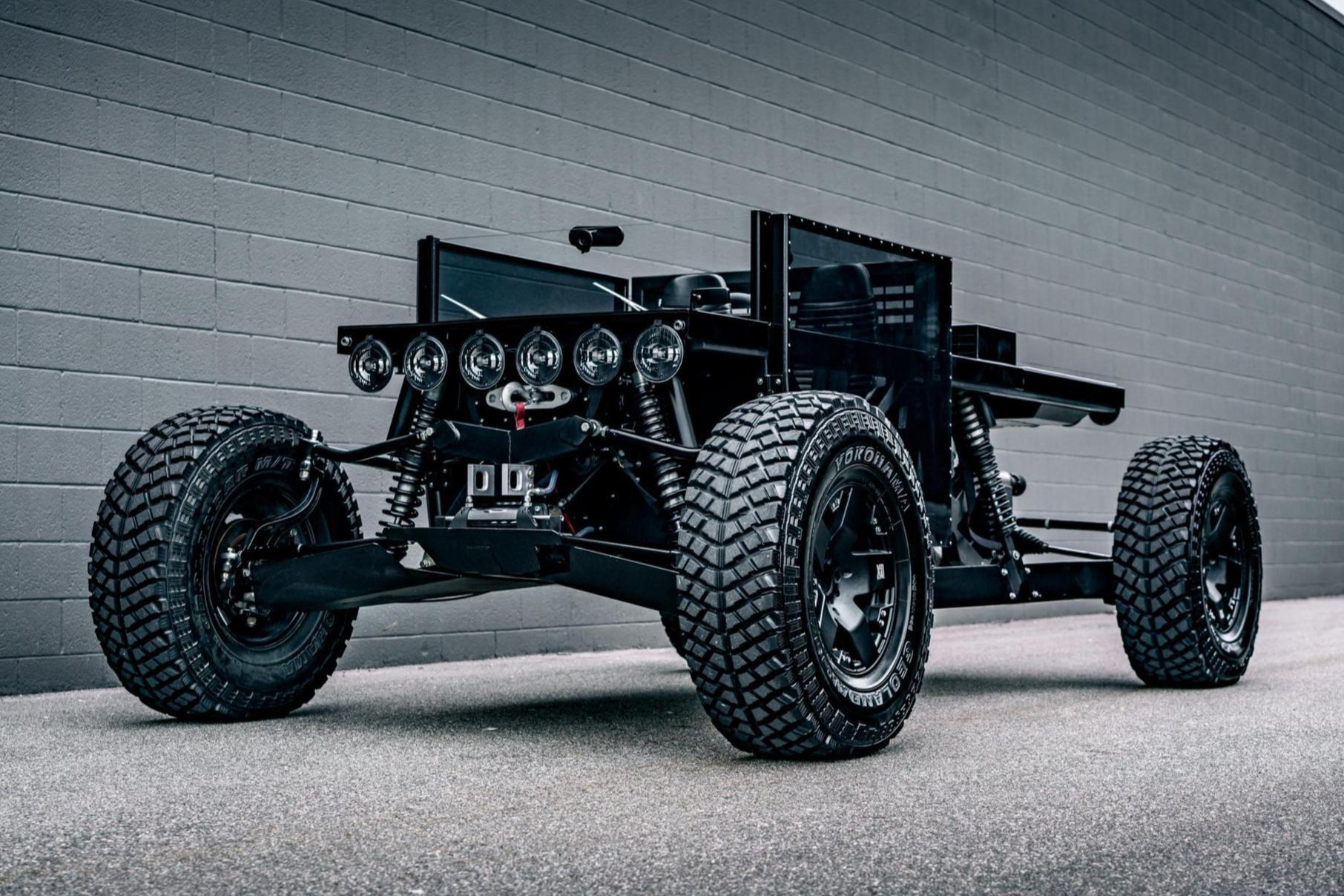The most important part of the rearend for an off-road vehicle is the differential. Many off-roaders do not know the best choice for them or the pros and cons of having a specific one in the front or rear axle.
Currie Enterprises has put together a video that explains what type of Eaton differentials are available and what they choose to run in their Jeep. John Currie talks about the pros and cons of the differentials in the front and rear axle.
 After years of competing with Eaton Detroit lockers in the front and rear of his Jeep, John Currie took a step back and reevaluated the products he was using. He was not unhappy with Eaton, but when he looked in he saw what was happening from a different point of view.
After years of competing with Eaton Detroit lockers in the front and rear of his Jeep, John Currie took a step back and reevaluated the products he was using. He was not unhappy with Eaton, but when he looked in he saw what was happening from a different point of view.
Currie noticed that the vehicles with Detroit lockers in the front and rear would make wide turns in very tight areas. He first thought that putting the Eaton ELocker in the front and the Detroit locker in the rear would solve the problem, but later found out that it was the opposite; Detroit locker in the front and ELocker in the rear.
There are basically three different types of lockers to choose from. The first choice is an Eaton ELocker. It is electronically engaged, from an open differential to fully locked, with a flip of a switch.
Eaton ELocker (Left), Detroit Locker (Center), TrueTrac (Right)
The Eaton Detroit Locker as John Currie says “Is the most well known of all differentials.” This locker is designed to release the outside tire around a turn but will fully engage both tires under acceleration for maximum traction.
 The last type of differential is the Truetrac. It is not a locking differential, but adds traction to mild trails or the boat ramp. The Truetrac is more of an entry level differential than the others.
The last type of differential is the Truetrac. It is not a locking differential, but adds traction to mild trails or the boat ramp. The Truetrac is more of an entry level differential than the others.
Everything John Currie was saying sounded great, but what about those that are more of a visual learner? Currie put together some clips to show exactly what was mentioned. It is one thing to hear or read about how something will act, but to visually see it is something of its own.
With the rear lockers engaged, turning around rocks on the trail is much wider. The second clip shows how tight the turn can be, with the lockers disengaged.
Currie says “In both videos my steering wheel was at full lock. The advantage being, with the rear locker disengaged you are going to be able to maneuver easier.”
“There will be less backing up, the power steering will work easier, and you will get through the trail quicker. This combination of differentials will work in various types of terrains, whether it be in the desert or rock crawling.” Currie said.
John Currie does give one disclaimer to the viewers. Since Currie is located on the West coast, they do not have a lot of experience with mud and snow. Currie does mention there may be a combination of Eaton lockers that works better in those conditions.
Knowing what each type of locker can do out on the trail will help keep you and your vehicle in one piece all while getting through the trail quicker. What type of differential do you use? Tell us in the comments below!




